You know that kind of itch that just won’t quit? The one that flares up out of nowhere — maybe behind your knees, on your elbows, or even on your face — and no matter how many times you scratch, it only gets angrier?
Yeah. I’ve been there.
And when over-the-counter lotions and creams stop working, your doctor might hand you a prescription for something stronger: triamcinolone acetonide cream.
It sounds like a mouthful, right? But it’s actually one of the most common steroid creams out there — and for good reason. It can calm angry skin fast. But here’s the thing: it’s not magic. It’s medicine. And like any medicine, it comes with rules.
So let’s talk about it — not in doctor-speak, but in real, honest, “I’ve-used-this-or-know-someone-who-has” terms.
What It Treats

So, what is triamcinolone acetonide cream used for, anyway?
Short answer: inflammation. Specifically, the kind that shows up as redness, swelling, and that maddening itch.
It’s prescribed for skin conditions that respond to corticosteroids — which means things like:
- Eczema (atopic dermatitis)
- Psoriasis (mild to moderate patches)
- Contact dermatitis (like from poison ivy or metal allergies)
- Seborrheic dermatitis (dandruff-type flare-ups on the face or scalp)
- Even bug bites that have turned into angry, swollen welts
It doesn’t cure these conditions — it just helps your body calm down the immune overreaction that’s causing the flare-up.
Think of it like a “reset button” for your skin. Not a permanent fix, but a way to get back to baseline so you can breathe — literally — again.
How It Works
You’re not just rubbing on a cream — you’re sending a signal to your skin cells.
Triamcinolone acetonide is a synthetic steroid, which means it mimics the anti-inflammatory hormones your body naturally produces. When applied, it tells your immune system: “Hey, stand down. This isn’t a war zone.”
It reduces swelling, shrinks blood vessels (less redness), and quiets the nerves that make you want to scratch your skin off.
And the science checks out. According to FDA labeling, topical corticosteroids like this one have proven anti-inflammatory, antipruritic (anti-itch), and vasoconstrictive effects.
But here’s what most people don’t realize: this cream can be absorbed into your bloodstream — especially if your skin is broken, inflamed, or you’re using it under bandages.
That’s why it’s prescription-only. It’s powerful. And power needs respect.
Cream vs Ointment
You might see both “triamcinolone acetonide cream” and “triamcinolone acetonide ointment” on prescriptions. They contain the same active ingredient — but they’re not the same.
The difference? The base.
| Cream | Ointment |
|---|---|
| Water-based, lighter texture | Oil-based, greasier feel |
| Good for moist or weepy skin | Better for dry, cracked, thick skin |
| Washes off easily | Stays on longer, more occlusive |
| Less absorption | Higher absorption (especially under bandages) |
So if your skin is oozing or in a sweaty area (like under the arm), a cream might be better. If it’s parched, thick, or on a tough spot like your elbow? The ointment could be more effective.
But — and this is important — ointments increase the risk of side effects because they boost absorption. So they’re not always the “better” choice — just different.
The 0.1% Strength
If you’ve been prescribed this, chances are it’s the 0.1% version.
Why? Because it hits that sweet spot: strong enough to work, but not so strong that it’s dangerous for short-term use on most areas of the body.
Each gram of triamcinolone acetonide cream 0.1 contains 1 mg of the active ingredient. That’s the standard dose for moderate flare-ups.
There’s also 0.025% (milder, often for kids or sensitive areas) and 0.5% (stronger, for really stubborn patches).
But 0.1%? That’s the workhorse.
It’s found in brands like Kenalog and Triderm — and a lot of generic versions too. Same stuff, different label.
Is It Over the Counter?
Let’s clear this up: no, triamcinolone acetonide cream is not available over the counter in the U.S.
You need a prescription.
And I get why people ask. You’ll see hydrocortisone OTC creams everywhere — same family, but much weaker. So it’s natural to wonder: “Can I just get the stronger one without a script?”
But here’s the thing: triamcinolone is a medium-potency steroid. If used wrong — too long, too often, on the wrong area — it can cause real damage. Thinning skin. Visible veins. Even hormone disruption.
That’s why doctors need to be involved. It’s not about making it hard to get — it’s about keeping you safe.
Combination Creams
Now, here’s something you might not expect: sometimes, triamcinolone is mixed with other medicines.
One common combo? Nystatin and triamcinolone acetonide cream.
Why mix an antifungal with a steroid?
Because sometimes, inflammation and infection go hand in hand.
Imagine a rash in your skin folds — warm, moist, maybe a little scaly. It could be eczema. Or it could be a yeast infection. Often, it’s both.
Nystatin kills the yeast. Triamcinolone calms the inflammation. Together, they tackle the whole problem.
But — and this is a big but — you should never use this combo unless a doctor confirms there’s a fungal component. Steroids can make fungal infections worse if used alone.
So if someone hands you “Triderm” or a similar cream, ask: “Is there a fungal infection here?” If not, you might not need the combo.
How to Use It Right
Okay. You’ve got the prescription. Now what?
Here’s how to use triamcinolone acetonide cream the right way — the way that actually works, without causing problems.
First: a little goes a long way.
Use the “fingertip unit” rule: squeeze a line of cream from your fingertip to the first knuckle. That’s enough to cover two hand-sized areas.
Apply it once or twice a day — no more. Gently rub it in. Don’t scrub.
And timing matters: if you’re using other products, apply the steroid first, wait 15–30 minutes, then moisturize. That way, the medicine gets absorbed before your lotion blocks it.
Duration matters even more. Use it for no more than 2–3 weeks at a time unless your doctor says otherwise. Long-term use increases the risk of side effects — even on normal skin.
And avoid sensitive areas unless specifically told to use it there. The skin on your face, genitals, and underarms is thinner — and absorbs more.
Side Effects
I don’t say this to scare you — but to prepare you.
Most people use triamcinolone acetonide cream without issues. But side effects can happen.
The common ones? A little stinging at first. Dryness. Maybe some acne-like bumps where you applied it.
The serious ones? These are rare — but real.
- Skin thinning: skin becomes fragile, shiny, and veins become more visible.
- Stretch marks (striae): especially in skin folds or areas rubbed often.
- Visible blood vessels: tiny red lines that don’t go away.
- Rebound flare-ups: when you stop using it, the rash comes back — sometimes worse.
And in extreme cases — like using it on large areas for months — there’s a risk of systemic absorption. According to FDA documents, this can lead to HPA axis suppression — where your body temporarily stops making its own cortisol.
It’s rare. But it’s why we don’t treat this like a body lotion.
Injection vs Cream
You might have heard of triamcinolone acetonide injection — maybe for joint pain or keloids.
Same active ingredient. Totally different use.
The injection is given directly into a joint, a cyst, or a thick scar to reduce inflammation from the inside. It’s much more concentrated and used by doctors for specific conditions.
Don’t try to “inject your cream.” That’s not how this works — and it’s dangerous.
The cream stays on the skin. The injection goes deep. They’re not interchangeable.
Real Talk
Look — I get it. When your skin is on fire, you’ll try anything to make it stop.
And triamcinolone acetonide cream can be a lifeline. I’ve seen it clear up patches in days that wouldn’t budge for months.
But it’s not a cure. It’s a tool.
And like any powerful tool, it needs to be used with care.
If you’re using it and it’s working — great. But ask your doctor: What’s the plan after this? How do we prevent the next flare-up?
Because if you’re relying on steroid cream every few weeks, something deeper might be going on — like a trigger you haven’t identified, or a condition that needs a different approach.
And if you’re nervous about using it? That’s okay. Talk to your doctor. Ask questions. “Why this strength?” “How long is too long?” “What are the alternatives?”
You deserve to understand what’s going on your body.
The Bottom Line
Triamcinolone acetonide cream can be a powerful ally in your skin-care battle — especially when inflammation is running wild.
It’s effective. It’s widely used. And when used correctly, it’s safe.
But it’s not OTC. It’s not for long-term use. And it’s not one-size-fits-all.
So use it with respect. Follow your doctor’s guidance. And never let it replace the basics: gentle cleansers, daily moisturizing, and knowing your triggers.
Your skin isn’t just something to “fix.” It’s part of you. And with the right care — smart, balanced, informed — it can feel like home again.
If your rash keeps coming back, or you’re not sure what’s causing it — don’t guess. See a dermatologist. There’s no shame in needing help. Sometimes, the best treatment starts with a real diagnosis.

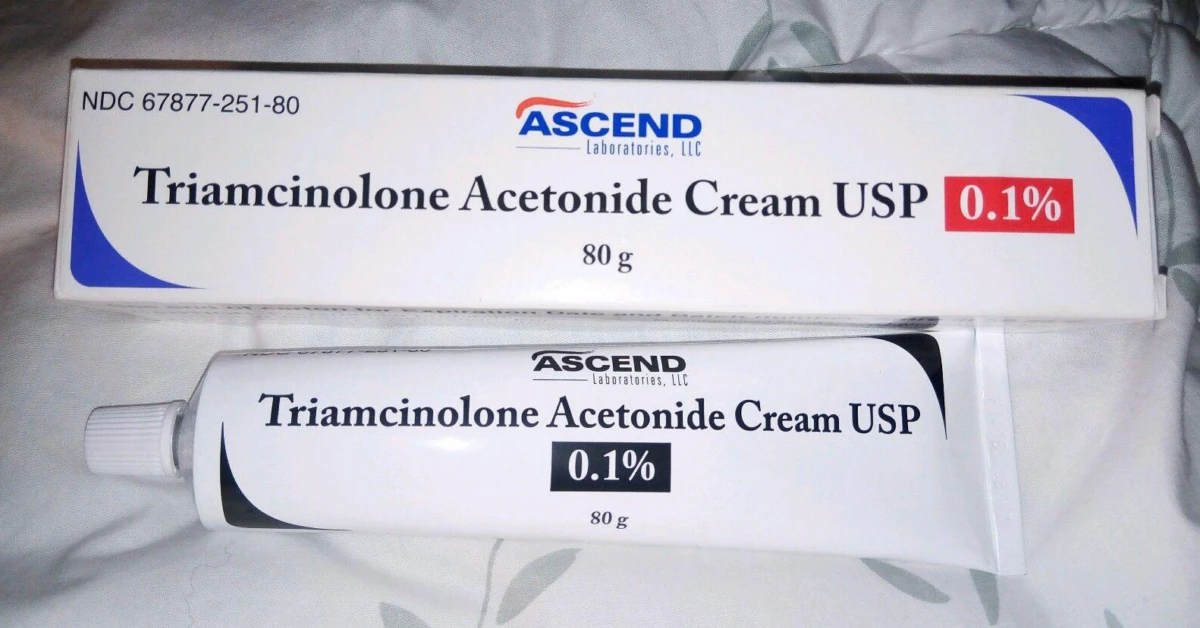





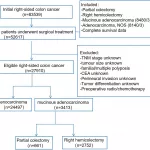



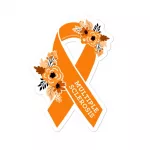

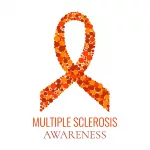
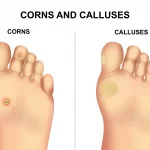

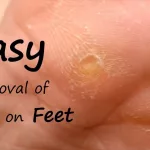

Leave a Reply
You must be logged in to post a comment.